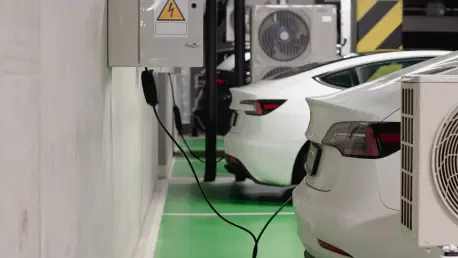
In the rapidly evolving landscape of clean energy integration, a staggering 23.1 gigawatts of renewable projects sit in NV Energy's interconnection queue, reflecting a national push toward sustainable power that demands urgent attention. Yet, a recent decision by the Federal Energy Regulatory

In a world grappling with escalating environmental crises and energy demands, a groundbreaking class of materials known as metal-organic frameworks (MOFs) has emerged as a beacon of hope, offering innovative solutions that could reshape the future of chemistry and beyond. These remarkable

In an era where energy costs are soaring to unprecedented heights, particularly in regions like San Diego with some of the highest electricity rates in the nation, finding sustainable and affordable solutions has become a pressing concern for many homeowners. The burden of escalating utility bills

As the United States accelerates toward a cleaner energy future, a pressing challenge looms large on the horizon: the nation’s supply chains may not be equipped to handle the skyrocketing demand for wind, solar, and battery technologies. Fueled by the explosive growth of artificial intelligence

I'm thrilled to sit down with Christopher Hailstone, a seasoned expert in energy management and renewable energy, and our go-to authority on utilities. With his deep knowledge of electricity delivery, grid reliability, and security, Christopher offers unparalleled insights into the evolving energy

The push for clean energy integration into the power grid has reached a critical juncture, with 107 state lawmakers from the National Caucus of Environmental Legislators urging PJM Interconnection, the largest grid operator in the United States, to act with urgency. Serving over 65 million people